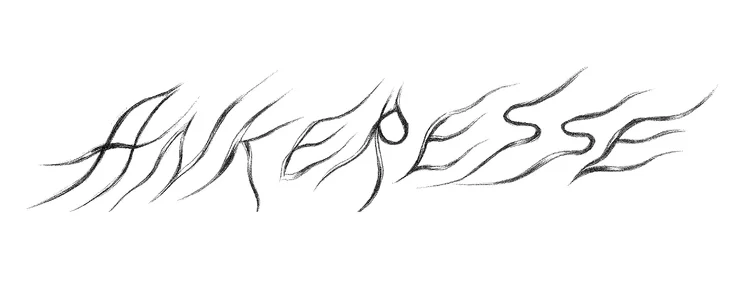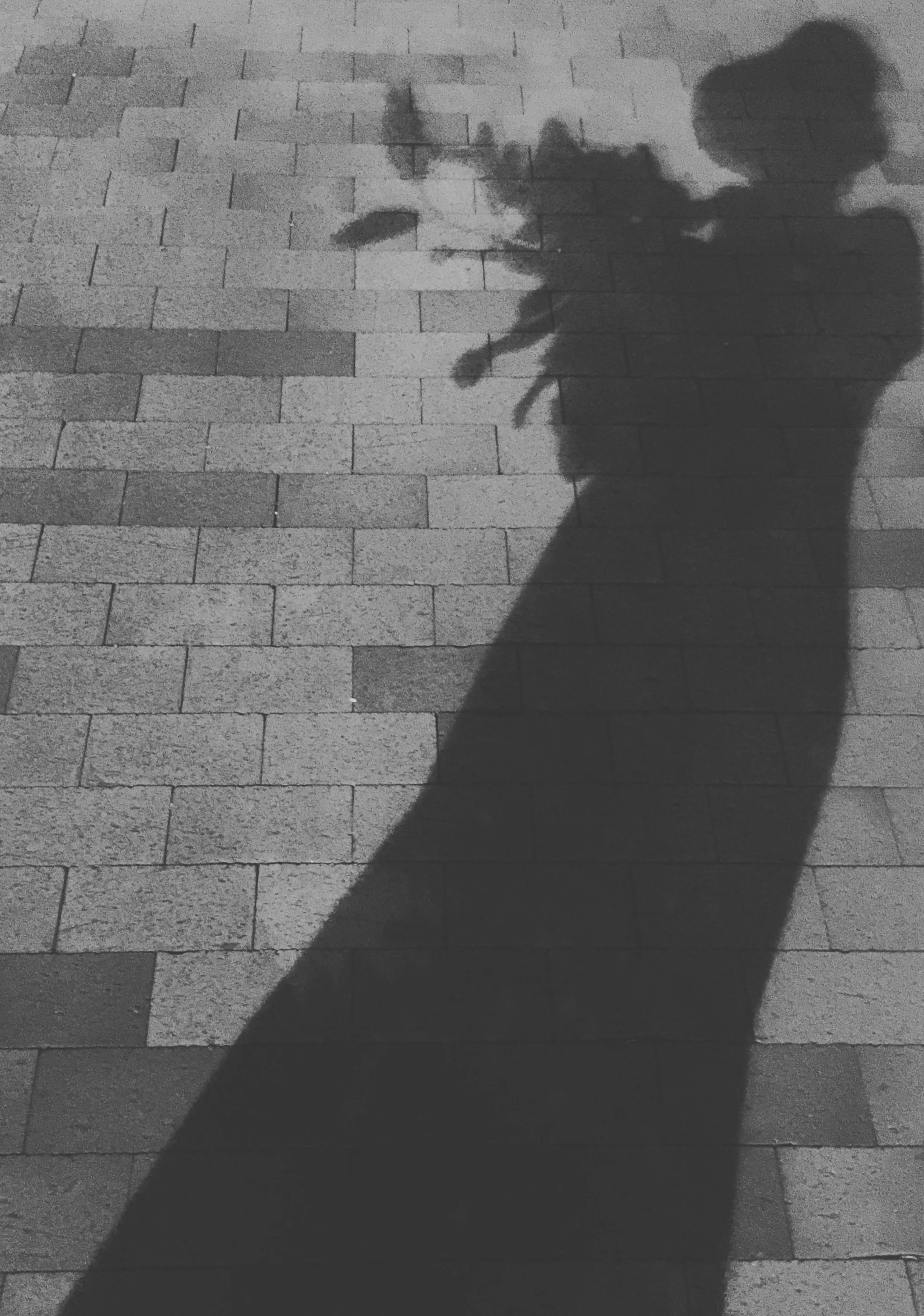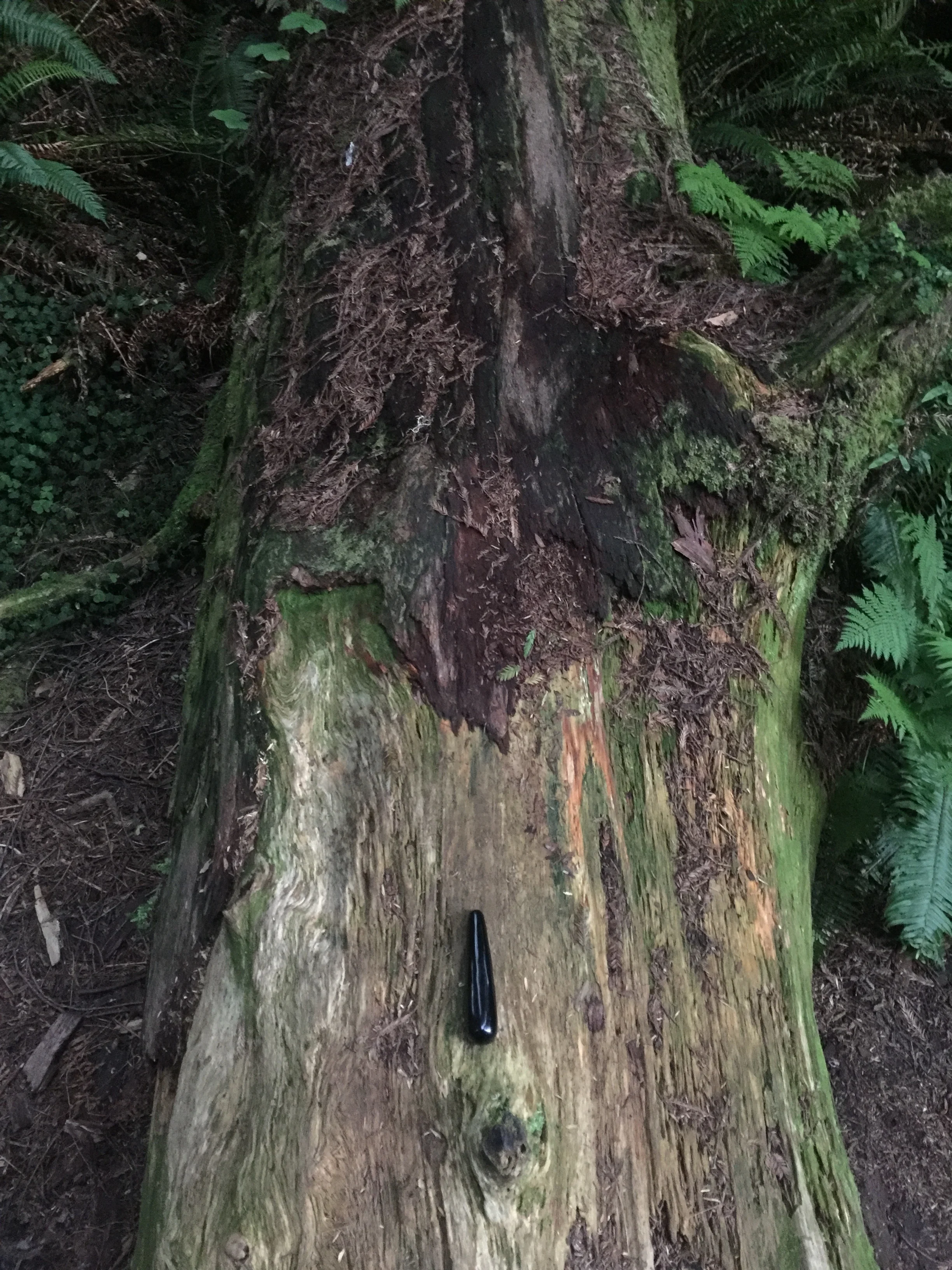A N K E R E S S E is an experiment in magic and meditation by artist and musician Caroline Yes. With the construction of altars, elixirs, soundscapes, and ritual objects, Ankeresse explores intentional solitude as a feminist project and honors the practical magic in the bodily and emotional labor of traditional women’s work. In so doing, Ankeresse strives to make visible stories, artifacts, and knowledge from the interior landscapes of feminine consciousness.
Ankeresse was conceived as a container for ephemeral, abject, unseen, and excavated experiences of the divine feminine. Ankeresse serves as an archetype of autonomous, creative femininity, which seeks to liberate the landscape of our collective imagination by shining a light on untold and forgotten herstories, and witnessing expressions of femininity as divine in all forms.
Traditional women's work is of the body: the messy, unrepresented and often unseen work of living and dying. When our perception of the divine is divorced from our experience of the body and the natural world, we experience a kind of spiritual dysmorphia in which what we know as the feminine is othered and degraded while what we understand to be masculine is elevated, revered, and enshrined in temples and halls of power. This is a foundational violence that is enacted on our bodies and our imaginations every day in patriarchy. It is embedded in the origin story of Christianity and it is at the root of a worldview that has dominated the Western world for thousands of years. Femininity witnessed through the lens of patriarchy is weak, dangerous, evil, hysterical, and always in relation to the masculine. It is something to be overcome or contained, dominated or resisted, demeaned or punished.
It is radical and necessary to understand femininity as sacred and unto itself if we are to be free. It is equally important that we recognize and value the traditionally unseen women’s work of bodily and emotional labor as a source of deep knowledge and power.
In the medieval Christian tradition, an anchoress was a woman who renounced her role in secular society to live a solitary life of prayer and devotion. Free from social and familial mandates to marry and bear children, an anchoress spent her days in contemplation, with meditative handiwork, study, prayer, song and writing occupying her attention. She was the spiritual anchor of her community and an authority in the wider world, shaping perception of the divine through her counsel and letters. And yet, in order to achieve this station, an anchoress had to surrender the scant physical autonomy available to her as a woman in the secular world, and live out her days confined in a single cell. Her cell, known as an anchorhold, was a small hut that shared one wall with the church and had three windows; one facing into the world, one through which her physical needs were attended to, and one opening directly onto the altar in the church. In this way it was said that the anchoress lived with one eye to the world and one eye to god, acting as an intermediary on this mortal coil. It was common for the office of the dead to be performed as she crossed the threshold, signifying her death to the world and her rebirth in solitary communion with god.
An anchoress entered the chrysalis of the anchorhold carrying her experience of the world as a woman with her. As an anchoress, a woman’s inner life was venerated as a source of wisdom, and her voice and experience were valued as a means by which ordinary people could connect with the divine.
Ankeresse takes this herstory, a tiny drop in the bucket of the untold herstories of all those othered under the violence of patriarchy, as inspiration for an excavation of the divinity inherent in the feminine. It is meant to operate as a portal, an imaginative connection with the ways that the wisdom of women has persisted, flourished, and been formed in darkness.





